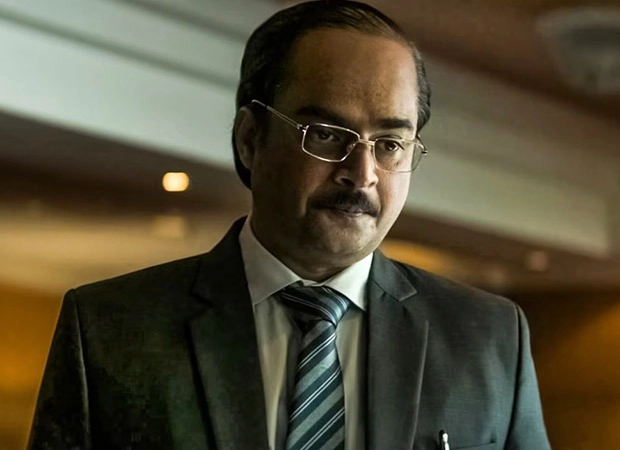The Karnataka Film Chamber of Commerce (KFCC) has recently raised concerns regarding the release of Kamal Haasan’s upcoming film, “Thug Life.” In a surprising turn of events, the KFCC has threatened to impose a ban on the movie, citing various reasons that have sparked significant debate within the film community. The controversy primarily revolves around the film’s content and its perceived implications, which the chamber believes could disrupt the peace and harmony within the state. This has led to a heated discussion among filmmakers, artists, and fans, who are now closely monitoring the developments surrounding the film’s release.
Kamal Haasan, a veteran actor and filmmaker, is no stranger to controversy, often pushing boundaries with his creative choices. His work has frequently sparked dialogue on social issues, and “Thug Life” appears to follow suit. However, the KFCC’s warning indicates that the film may touch upon sensitive topics that could provoke a strong reaction from certain groups. The chamber’s decision to threaten a ban is seen by some as an attempt to safeguard the cultural fabric of Karnataka, while others argue it could stifle artistic expression and freedom of speech.
As the situation unfolds, the relationship between the KFCC and Kamal Haasan is under scrutiny. It raises questions about the autonomy of filmmakers and the extent to which regulatory bodies can influence artistic endeavors. Supporters of Haasan argue that cinema should be a platform for exploring difficult themes and fostering dialogue among viewers. In contrast, opponents caution that certain portrayals could lead to unrest, especially in a diverse state like Karnataka, where various communities coexist. This clash of perspectives highlights the ongoing tension between artistic freedom and social responsibility in contemporary Indian cinema.
The imminent threat of a ban has not only put “Thug Life” in a precarious position but also serves as a litmus test for the future of film in Karnataka. As the KFCC deliberates on its course of action, industry insiders are keenly aware that the outcome may set a precedent for how similar situations will be handled in the future. The fate of Kamal Haasan’s film could either reinforce or challenge the boundaries of creative expression in the region. As discussions continue, it remains to be seen whether a compromise can be reached that respects both the filmmakers’ vision and the concerns of the KFCC.




